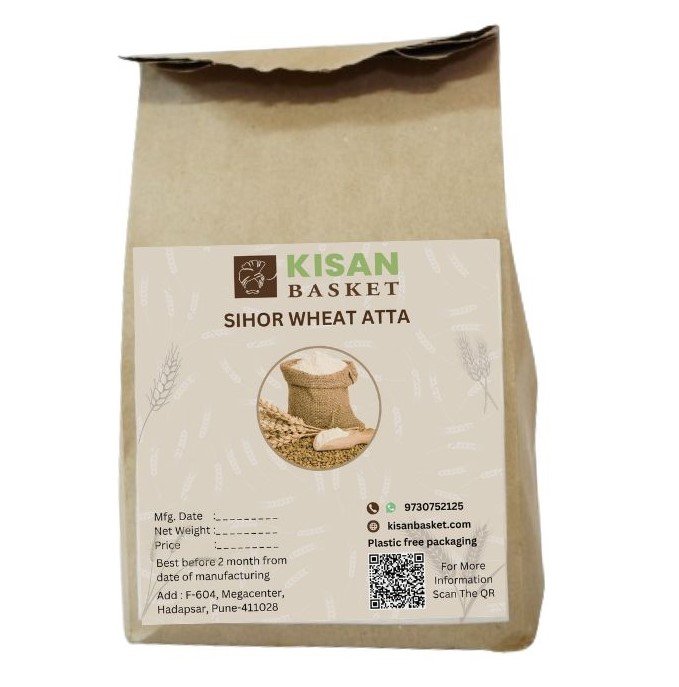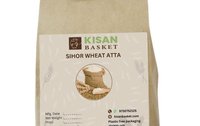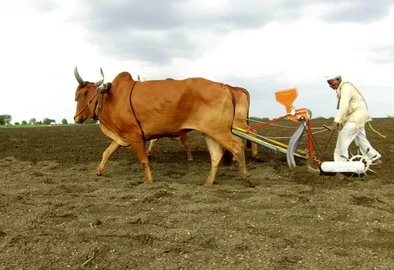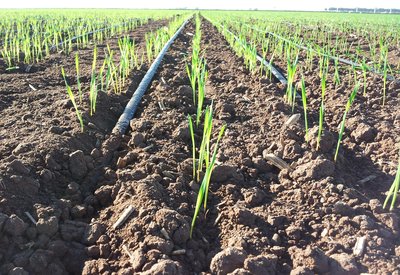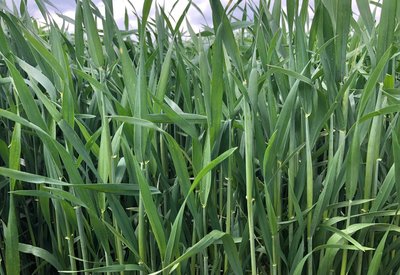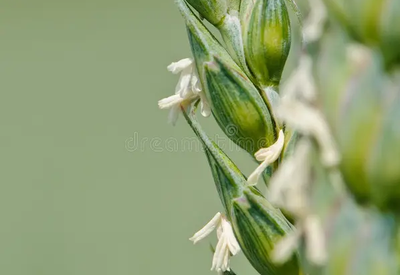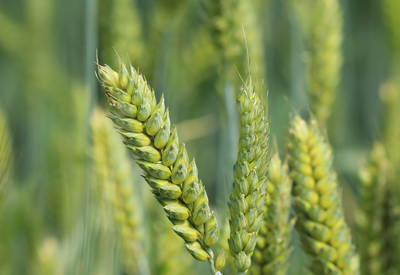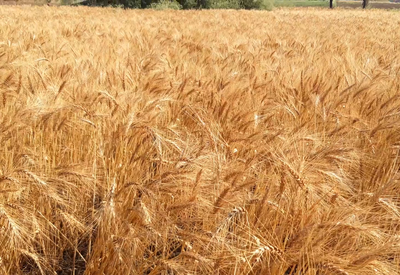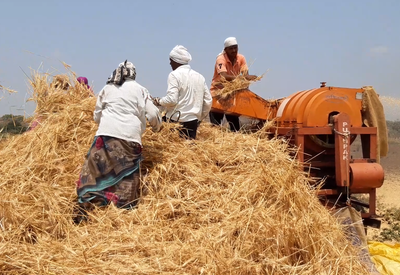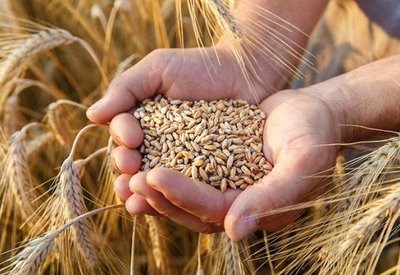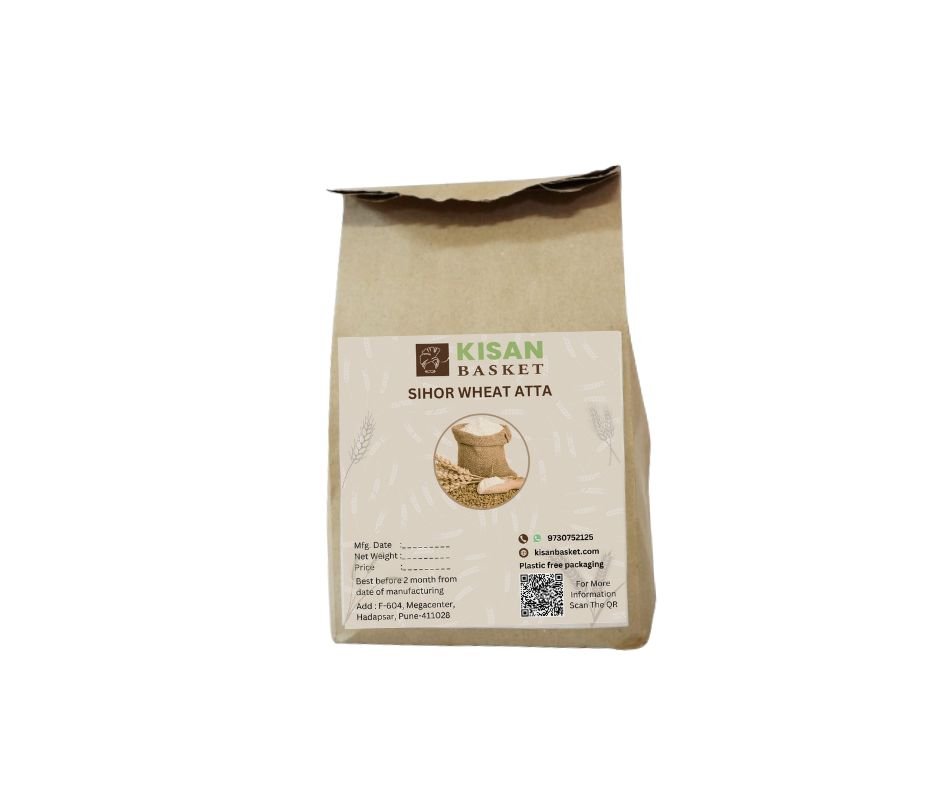Sihor Wheat Flour
Sihor wheat flour is a premium variety of whole wheat flour that is grown in the Sihor region of Madhya Pradesh, India. It is known for its high nutritional value, soft texture, and nutty flavor. Sihor wheat flour is naturally low in gluten and has a low glycemic index, making it a good choice for people with diabetes or other dietary restrictions.Sihor wheat flour is rich in fiber, vitamins, and minerals, including iron, calcium, and magnesium. It is also a good source of protein and complex carbohydrates. Sihor wheat flour is a versatile flour that can be used to make a variety of dishes, including chapatis, rotis, parathas, bread, cakes, and cookies.
